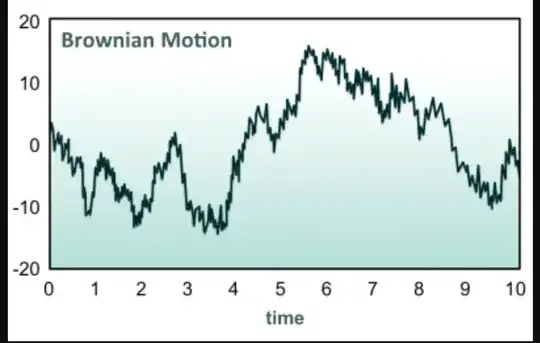Regions of a circle
One of my favorites:
Choose n points around the circumference of a circle, and join every point to every other with a line segment. Assuming that no three of the line segments concur, how many regions does this divide the circle into?
There's a rather obvious pattern, that breaks down at $n=6$.
Bayes' theorem
Related to the example given in the question is the following:
There is a rare disease that only $0.1\%$ of the population have. Suppose you have a test that can determine if someone has this rare disease at a $99\%$ rate of accuracy. If you test positive for the disease, what is the probability that you have the disease?
Seems pretty obvious, $99\%$ right?
Suppose there are $1,000,000$ people in the population. $999,000$ don't have the disease, which means $9,990$ people falsely test positive. $1,000$ people have the disease, and $990$ correctly test positive. So out of all of the people who have tested positive, $\frac{990}{990+9990} = \frac{1}{11}$ actually have the disease!
Simpson's Paradox
Imagine you have two bins: $A$ and $B$.
$A$ contains $5$ white balls, $6$ black balls
$B$ contains $3$ white balls, $4$ black balls
You want to pull a white ball, but you can only pull once from a bin of your choice at random. Which bin would you pull from? Clearly, $A$ gives you better odds.
Imagine you have two bins: $C$ and $D$.
$C$ contains $6$ white balls, $3$ black balls
$D$ contains $9$ white balls, $5$ black balls
Now which bin would you choose? Clearly, $C$ gives you better odds.
Let's combine bins $A$ and $C$, and combine bins $B$ and $D$. Would you pull from the bin with $A$ and $C$, or the bin with $B$ and $D$? Seeing as how $A$ and $C$ were both the better choices, their combination must still be the correct choice right?
$AC$ contains $11$ white balls, $9$ black balls
$BD$ contains $12$ white balls, $9$ black balls
There exists a shape that has infinite surface area but finite volume. The fact that such a shape can even exist may be pretty unintuitive to begin with.
Even more baffling is the idea that you can paint an infinite surface area in a finite amount of time and paint. Simply fill the horn with an amount of paint equal to its volume (which is finite), pour all of the paint out, and the entire interior of the shape has now been painted!
Partial differential equations
"In order to eat as much as possible in a day, one should not eat as much as possible all day."
Sounds confusing and unintuitive at first, right?
If someone wanted to maximize their food consumption, rather than continuously consume food the entire day, it may be optimal to consume 3 large meals or 5 small meals instead. This is understood through partial differential equations: the rate of digestion may be dependent on various other factors such as the amount of food in the stomach or appetite.
Function asymptotic growth
The wheat and chessboard problem is very famous, and is a go-to example educators use to demonstrate the monstrous unexpected growth of exponential functions.
But without the understanding of the growth rate of functions, some other results are also surprising:
There are more possible chess games than there are atoms in the observable
universe.
There are approximately $10^{80}$ atoms but approximately $10^{120}$ possible chess games.
All of the digits of the number $$9^{9^{9^9}}$$ cannot possibly be
contained within the observable universe.
How could four simple $9$'s create such a large number?
A little bit more esoteric would be examples like Kruskal's tree theorem and $TREE(3)$, or certain Diophantine equations like the positive solutions of $\frac{a}{b+c} + \frac{b}{a+c} + \frac{c}{a+b} = n$.
Infinite ordinals
Goodstein sequences, when evaluated naively, seem like they would not only grow extremely quickly, but grow forever.
However, a very basic understanding of infinite ordinals is enough to directly map the sequence to an ordinal sequence, making the fact that the sequence must eventually terminate to $0$ quite unsurprising and obvious.
Someone in the comments of the question mentioned the hydra game, which can be understood with the same idea.
There may be a couple more good examples from this thread: Examples of patterns that eventually fail
